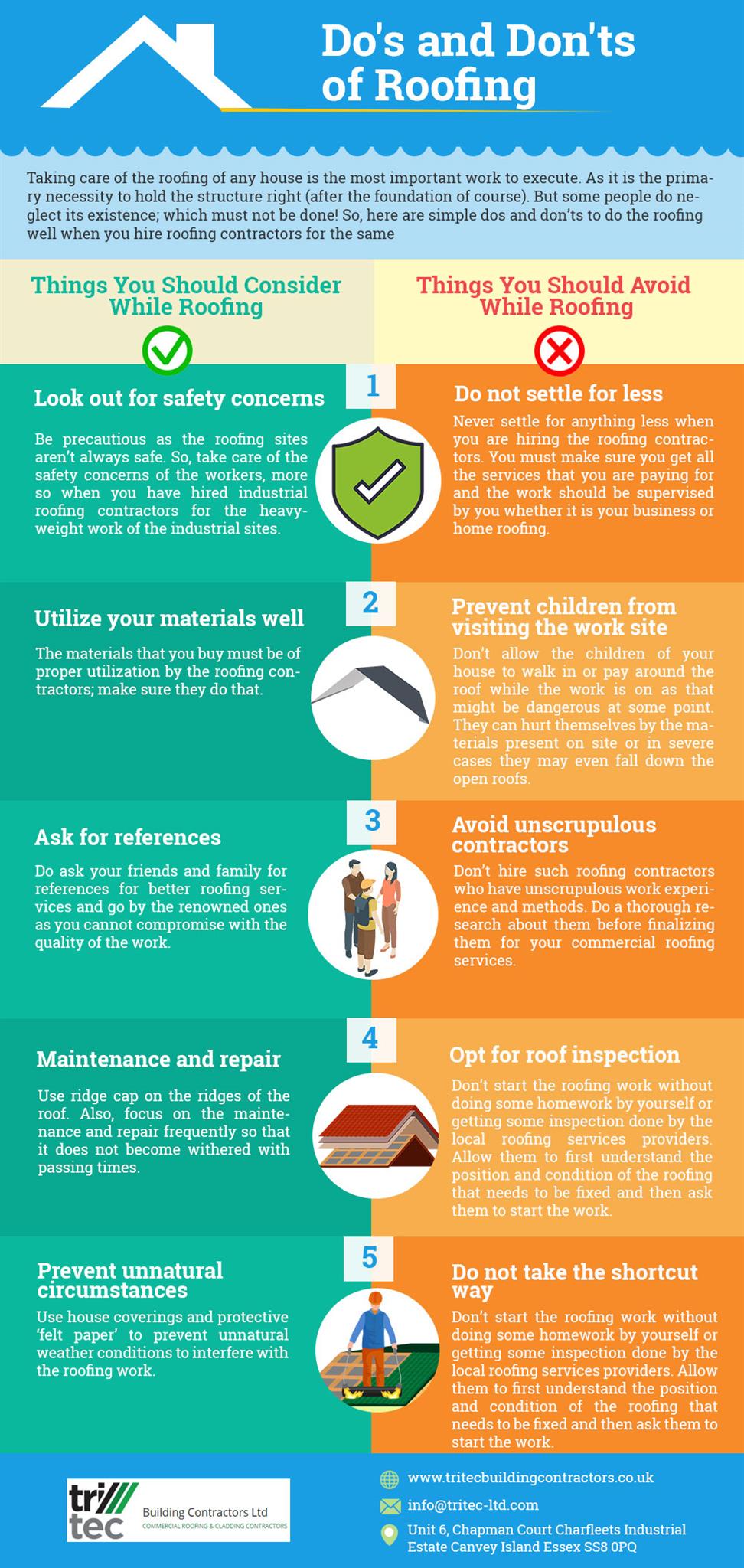Evaluating Solar Panel Varieties: Determining The Optimum Selection For Your Family
Evaluating Solar Panel Varieties: Determining The Optimum Selection For Your Family
Blog Article
Write-Up Created By-Aagaard McCormick
When it concerns selecting the appropriate solar panels for your home, the options can be overwhelming. Each kind provides unique benefits and compromises, making it essential to establish which elements align finest with your goals. Whether your emphasis gets on efficiency, cost-effectiveness, or appearances, there's a solar panel type that can deal with your requirements. So, before you decide, think about the important facets that will impact your solar energy system's efficiency and suitability for your home.
Monocrystalline Solar Panels
When thinking about solar panels, you might stumble upon monocrystalline photovoltaic panels. These panels are known for their high efficiency prices as a result of their construction from a single continuous crystal structure. This layout enables monocrystalline panels to carry out far better in low light problems contrasted to other types of photovoltaic panels. Additionally, their streamlined black look makes them a prominent option for household installations, assimilating effortlessly with a lot of rooftops.
One essential advantage of monocrystalline photovoltaic panels is their room effectiveness. They require much less area to generate the same amount of electrical power as other photovoltaic panel types, making them perfect for homes with limited roof room.
While monocrystalline panels have a tendency to be much more expensive upfront, their lasting sturdiness and efficiency often make them a cost-effective investment in the realm of solar power. If you focus on effectiveness and looks in your photovoltaic panel selection, monocrystalline panels could be the right selection for your home.
Polycrystalline Solar Panels
Polycrystalline solar panels, likewise called multicrystalline solar panels, provide an alternate option to monocrystalline panels. These panels are made from silicon crystals that are melted with each other, creating a much less consistent look compared to monocrystalline panels.
https://transparent-solar-panels75420.blue-blogs.com/35955983/assessing-solar-energy-firms-essential-elements-to-analyze-in-terms-of-prices-guarantee-and-solution-quality of the crucial advantages of polycrystalline panels is their lower production price, making them a much more economical alternative for home owners wanting to purchase solar energy.
While polycrystalline panels may have a slightly reduced performance price compared to monocrystalline panels, they still provide a trustworthy and economical method to produce solar energy for your home. These panels carry out well in high temperatures and are a long lasting selection for a variety of environments.
If you have a bigger roofing room and are seeking to optimize your energy production without breaking the financial institution, polycrystalline panels could be the right choice for you.
When considering photovoltaic panel options for your home, it's necessary to weigh the cost-effectiveness and performance of polycrystalline panels versus your power demands and spending plan restraints.
Thin-Film Solar Panels
Carrying on to Thin-Film Solar Panels, these panels use an one-of-a-kind option to conventional silicon-based options like polycrystalline panels. Thin-film panels are lightweight and versatile, making them less complicated to install on different surfaces like curved rooftops or wall surfaces. They're likewise more cosmetically pleasing, assimilating seamlessly with the architecture of your home.
Nevertheless, it's necessary to note that thin-film panels commonly have reduced performance prices compared to crystalline silicon panels. This implies you might require more space to generate the same quantity of electrical energy.
On the silver lining, thin-film panels perform much better in low-light conditions and have a reduced temperature coefficient, suggesting they can produce even more power on warm days. If take a look at the site here have sufficient area and are seeking a functional and visually appealing solar panel option, thin-film panels could be a fantastic option for your home.
Verdict
In conclusion, when deciding on the best solar panel kind for your home, consider your power needs, spending plan, and area constraints. Monocrystalline panels offer high performance in restricted space, while polycrystalline panels offer an economical alternative with trustworthy performance. Thin- Click That Link offer flexibility and visual appeal but may have reduced performance prices. By weighing these variables, you can select the photovoltaic panel type that finest fits your particular needs.
